On April 28, 1945, Benito Mussolini, Italy’s fascist dictator and a key ally of Adolf Hitler during World War II, was executed by Italian partisans near Lake Como. His death marked the symbolic end of fascist rule in Italy and became a defining moment in the closing stages of the war in Europe. This article examines the events leading to Mussolini’s downfall, the circumstances of his execution, and its historical significance.
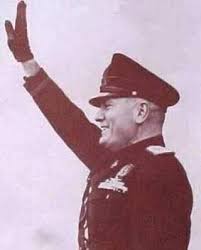
**The Rise and Fall of Benito Mussolini**
Benito Mussolini, known as *Il Duce* (“The Leader”), rose to power in 1922 following the March on Rome. He established a totalitarian regime characterized by nationalism, anti-communism, and authoritarian control. For two decades, Mussolini’s fascist government dominated Italian politics, aligning closely with Nazi Germany through the 1939 Pact of Steel.
However, Italy’s military failures in World War II—including disastrous campaigns in Greece, North Africa, and the Soviet Union—eroded Mussolini’s support. By July 1943, the Allied invasion of Sicily and growing domestic dissent led King Victor Emmanuel III to dismiss Mussolini and imprison him. Rescued by German forces in a daring raid, Mussolini was installed as the figurehead of the Nazi-backed Italian Social Republic (RSI) in northern Italy, a puppet state reliant on German military power.
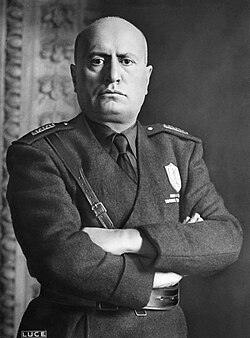
**The Collapse of the Italian Social Republic**
By April 1945, Allied forces advanced northward through Italy, and Axis resistance crumbled. Mussolini, aware of his precarious position, attempted to flee to Switzerland with his mistress, Claretta Petacci, and loyal fascist officials. Disguised as a German soldier, he joined a convoy of retreating Axis troops but was identified by communist partisans near the town of Dongo on April 27, 1945.
Captured alongside Petacci and other fascist leaders, Mussolini was held overnight in a farmhouse. The Italian Committee of National Liberation (CLN), representing anti-fascist resistance groups, swiftly ordered his execution to prevent his escape or rescue by remaining fascist loyalists.
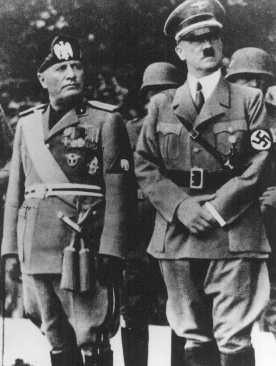
**The Execution**
On the morning of April 28, Mussolini and Petacci were taken to the gates of the Villa Belmonte in Giulino di Mezzegra. Walter Audisio, a communist partisan commander using the codename “Colonel Valerio,” carried out the execution by firing squad. Historical accounts vary on the exact sequence of events, but most agree that Mussolini faced his death without resistance, reportedly uttering his final words: “Aim for my heart.”
The bodies of Mussolini, Petacci, and 15 other executed fascists were transported to Milan’s Piazzale Loreto, a site of symbolic importance. In 1944, fascist forces had executed 15 partisans there and left their bodies on public display. On April 29, the corpses were hung upside-down from a gas station girder, where enraged crowds threw stones and insults at the remains—a visceral rejection of fascism’s legacy.
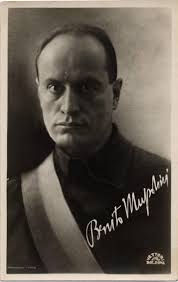
**Aftermath and Historical Legacy**
Mussolini’s execution and the public desecration of his body served as a cathartic moment for Italy, signaling the end of two decades of fascist rule. The CLN assumed control of northern Italy, paving the way for the country’s post-war transition to a democratic republic. In 1946, a referendum abolished the monarchy, and a new constitution formally banned the reconstitution of the fascist party.
Mussolini’s remains were initially buried in an unmarked grave to prevent the creation of a fascist shrine. In 1957, his body was moved to the family crypt in Predappio, his birthplace, where it remains a controversial site for neo-fascist pilgrimages.
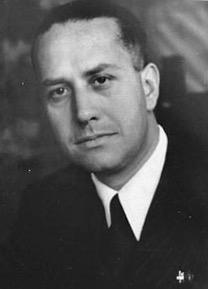
**Conclusion**
The execution of Benito Mussolini on April 28, 1945, closed a dark chapter in Italian history. His demise underscored the catastrophic consequences of fascist ideology and collaboration with Nazi Germany. While debates about his legacy persist, the event remains a stark reminder of the resilience of democratic values in the face of tyranny.
**References**
– Historical records from the Italian Resistance Movement.
– Archival accounts of the National Liberation Committee (CLN).
– Public domain photographs and documents from World War II.